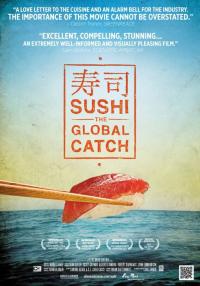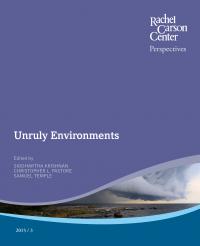The Northwest Passage as a Voyage to Myth and Adventure | The Northwest Passage
Is the Arctic the last frontier? With text, audio, and video, historian Elena Baldassarri describes the historical struggle to find a passage through the perilous environments of the Far North. This is a chapter of the virtual exhibition “The Northwest Passage: Myth, Environment, and Resources.”










